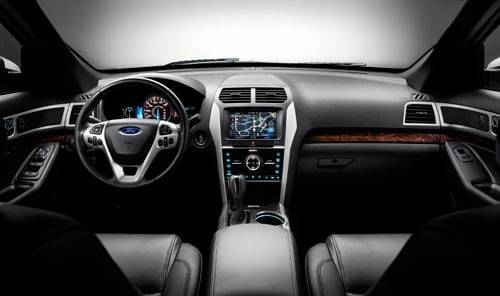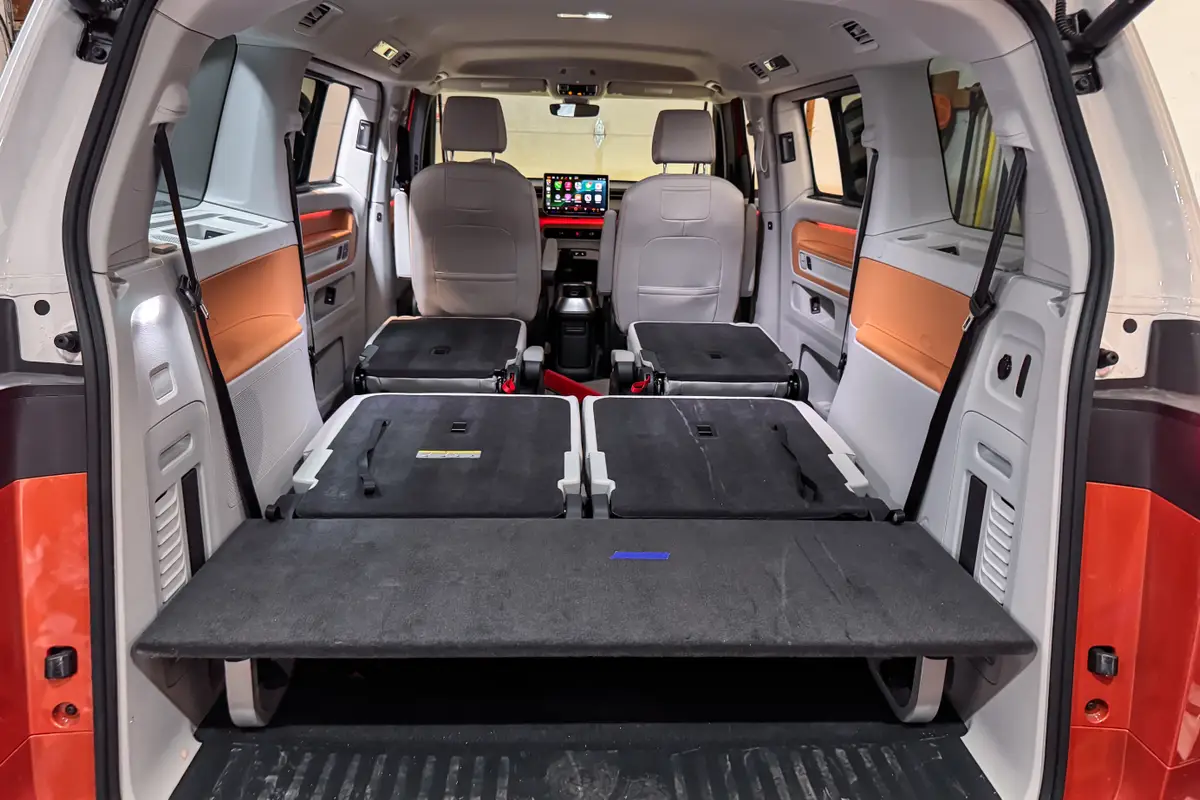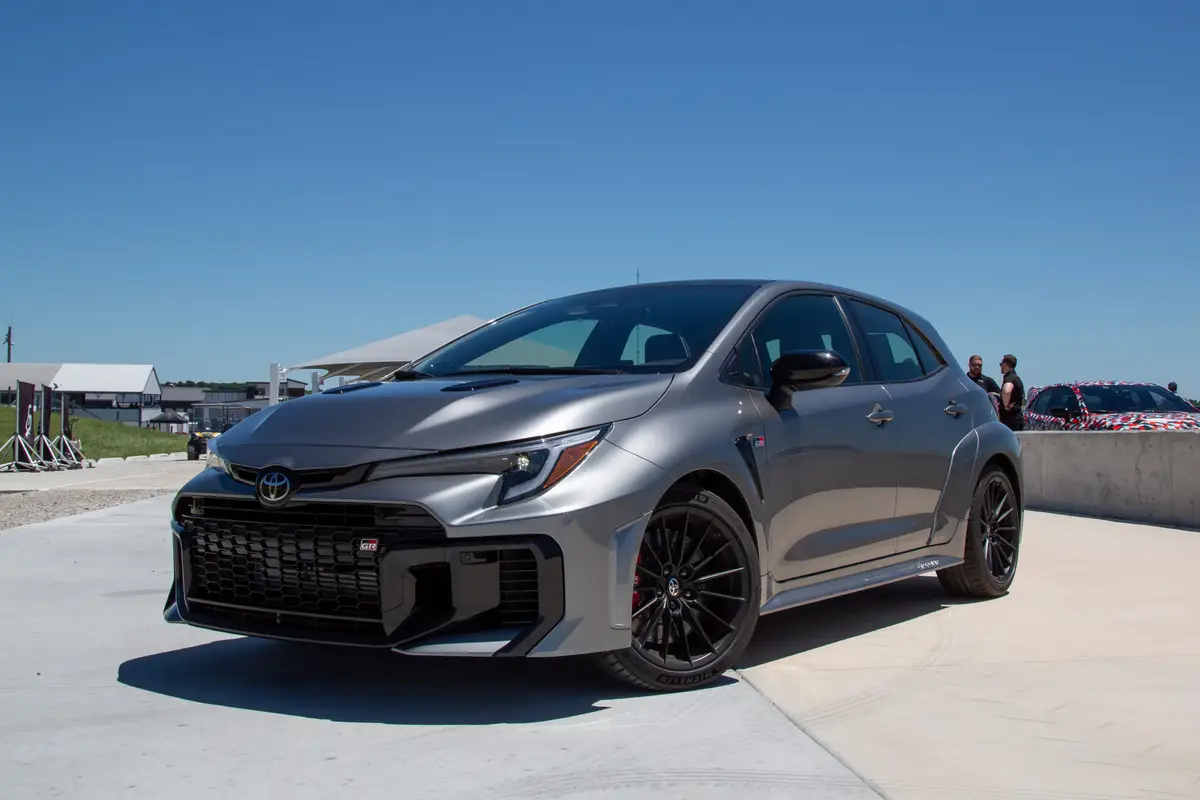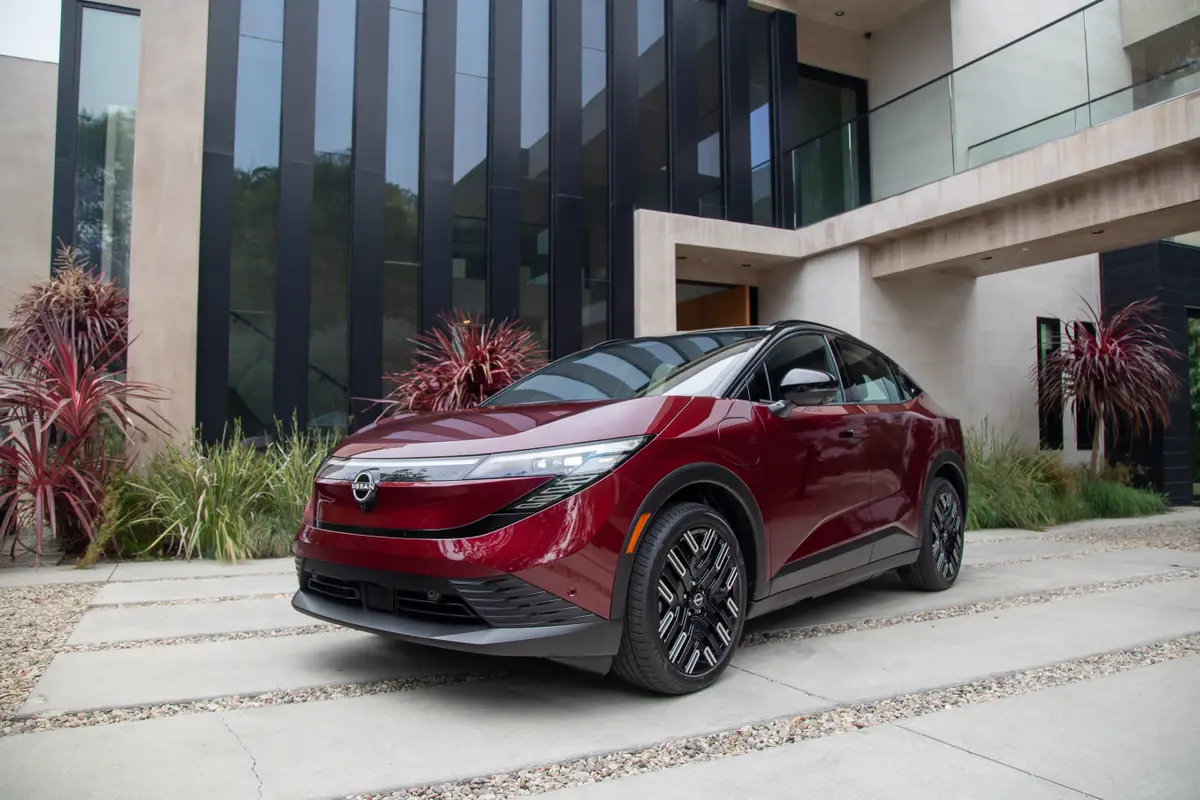2011 Ford Explorer: First Look

- Competes with: Honda Pilot, Nissan Pathfinder, Toyota Highlander, Chevy Traverse
- Looks like: A larger, truckier version of the Edge
- Drivetrain: 237-hp, 2.0-liter turbocharged four-cylinder or 290-hp, 3.5-liter V-6; six-speed automatic transmission, front- or all-wheel drive
- Hits dealerships: Winter
The new Explorer, a nameplate Ford says 96 percent of North American car buyers recognize, is finally here. Sharing the same platform as the Ford Taurus, among other models, Ford’s iconic SUV is slightly longer and roomier – and scads more fuel efficient. Though final figures have yet to be released, Ford estimates combined gas mileage with the new four-cylinder turbo could be in the low 20s. That’s 35 percent better than even the thriftiest 2010 Explorer fared.
Assembled not far from our Chicago offices, the Explorer goes on sale this winter.
The styling is fairly mainstream, if you’re into Ford’s current look. The headlights slick back along the hood seam; the grille has plenty of blades. There’s a bit more bumper cladding than on the new Edge, which looks more the crossover part than the also-unibody Explorer. Body-colored C-pillars – an Explorer tradition, design director Moray Callum pointed out – are set apart by black pillars elsewhere. We see some GMC Acadia in the fastback rear-quarter windows, and a lot of Suzuki XL7 in the pronounced bumpers and visible hood seam. (No joke: Look at the XL7.)
The cabin sees the automaker’s new MyFord Touch display in uplevel models, with touch-sensitive icons for major climate and audio controls. Dash and door panels flow together in a way the prior Explorer’s upright dashboard didn’t. Ford says it benchmarked the Audi A6 for interior craftsmanship.
Seating for seven is standard, though optional captain’s chairs in the second row reduce that to six. The third row split-folds into a well behind it, and maximum cargo room with all seats down is just over 80 cubic feet. That’s down 3 cubic feet from the 2010 Explorer but ahead of the Nissan Pathfinder. Toyota’s 4Runner and Highlander, as well as the Honda Pilot, bear appreciably greater cargo room.
Specifications rarely tell the whole story, but overall passenger volume looks to be up about 5 percent versus the 2010 Explorer. All three rows gain headroom; legroom falls about 2 inches in the first and third rows, but second-row passengers get about 3 extra inches.
New technology includes Ford’s latest Sync system, whose voice-recognition structure and 10,000-word vocabulary make Sync 1.0 seem downright crude. Available options include trizone climate control, a dual-pane panoramic moonroof and keyless access with push-button start. On the safety front is Ford’s new Curve Control system, essentially a more aggressive program within the electronic stability system that can swiftly cut speed if you barrel too fast down an off-ramp. Forward- and cross-traffic collision warning systems will be available, as will the inflatable second-row seat belts we reported on earlier.
Drivetrain choices are a standard 290-horsepower, 3.5-liter V-6 or optional 237-hp, 2.0-liter turbo four-cylinder, both with six-speed automatics. The four-cylinder comes only with front-wheel drive. Thanks to a panoply of factors – the new drivetrain, some 100 pounds’ reduced weight, 12% improved aerodynamics, new electric power steering and smarter air conditioning – Ford targets gas mileage with the 2.0-liter to fall “in line with a V-6 Toyota Camry,” product development head Derrick Kuzak said. That means something to the tune of 23 mpg combined. The V-6, meanwhile, should be good for 32% better mileage than the outgoing V-8, Kuzak said. That would suggest 21 or 22 mpg combined. Both engines run fine on regular fuel, Ford says, but the listed power ratings require premium. Bah.
Also bah-worthy, at least to some shoppers, is towing capacity. With its truck-based frame and available V-8, the outgoing Explorer handled up to 7,115 pounds. The 2011 model tops out at 5,000. Standard with all-wheel-drive models will be Ford’s Terrain Management system, which we’ve reported on before, as well. Similar to systems used by Land Rover, Terrain Management allows drivers to select one of four conditions, and the system adjusts drivetrain and all-wheel-drive settings to suit. While the system can route full power to the front or rear axle, serious off-roaders who want locking differentials or height-adjusting suspensions should look elsewhere.
Stay tuned for our up-close impressions. More photos are below.


Former Assistant Managing Editor-News Kelsey Mays likes quality, reliability, safety and practicality. But he also likes a fair price.
Featured stories




